Here's your supplementary review to Darren's YouTube main channel video. I purchased my unit independently and have a different unit than he has. I might even have a different viewpoint!
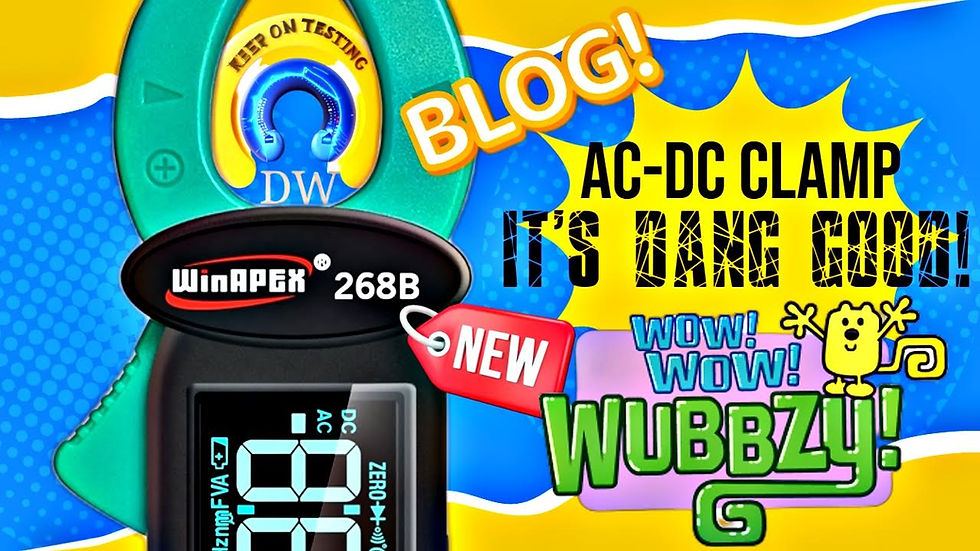
To describe the unit in a few words, Friendly, Bold, and Sleek come to mind. While it's about what you would expect at the price point, there are a few aspects that make this unit stand out from the contenders. Am I happy with my purchase? Overall yes, I think it's a good one...

First, the backlit reverse LCD display uses white digits and decimals for the display, and aquamarine identifiers to match the jaw color (such as units icons) by way of filtering the white light in those icon regions. The entire display is nearly a copy of itself when rotated 180 degrees. (Exceptions: low battery icon and H hold indicator) The easily-activated display rotation using long-press of the side hold button on the side is convenient but not well-marked.
Sometimes the screen fades out at a viewing angle looking at the orientation shown below. EBTN technology is usually good at this - I guess there is a black zone that can’t be avoided. Screen refreshes about 2-3 times a second, which is typical. Backlight brightness can be adjusted to various levels on the fly.
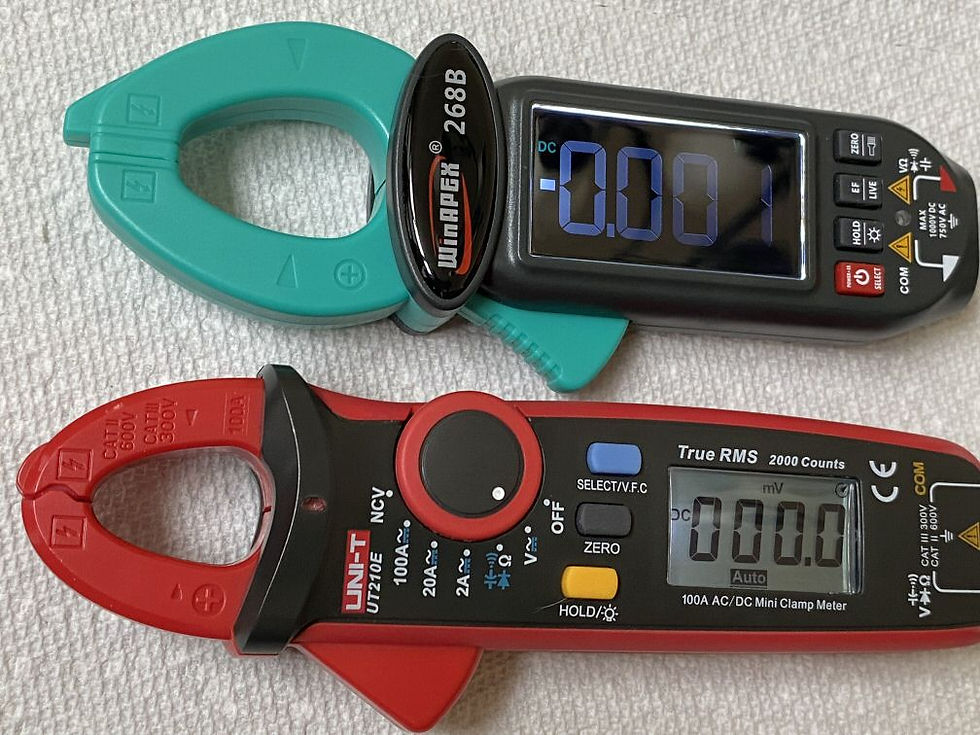
Second, the double-articulating geared jaws with dual symmetric springs are a joy to use and will likely hold up very well over the life of the unit. The lever is ribbed at the lever, the mouth opens very wide with minimal effort. The "crabby" jaws are robust, always aligns well, and closes to a repeatable gap (something the GVDA 168 isn't as good at). The NCV sensor activation is most sensitive to electric field down the side the triangular jaw protrusion - not at the very tip itself. Knowing this can help you better use the device.
Third, the unit's large digits are welcome. The entire body seems to be made around the large screen on the onset of the design, instead of being an afterthought. The body is a bit more shapely than other meters, a bit sexy some might say. Very easy to hold and no artificially coated soft surfaces are used (those get sticky over the years). The body is a win!
Part of the boldness comes from the boisterous beeper - The 35 mA current to the buzzer results in sound appropriate for noisy environments. I decided to change the 10 ohm dropper resistor to 62 ohms, resulting in a less assault to the eardrums with indoor use. The dropper resistor is hiding behind the jaw assembly. changing the "01X" resistor required sliding off the jaws which was very easy to do, but would void any warranty you might have. Alternatively you can temporarily turn off the keypress beep by a long-press of the NCV button. Another long-press brings it back.
The combined continuity and diode mode is a bit unusual - most meters have them separate. I think it generally makes sense because it matches the way many people would like this mode to work, from what I hear people say. Only one problem: for a diode, NO BLEEP! That's right, it's a combined feature - so you would expect they did this to take advantage of sounding the buzzer when you have the diode forward biased. Nope. Does nothing. This is a fail for many people.
I measured the test probes at 44 milliohms each. This is a very good result for a cheap-o meter, especially when the leads aren't required to carry current. The nickel plating is shiny but poor continuity responsiveness revealed the oxide layer is thick, preventing good contact without excessive pressure. Hey, why can't we have a little bit of gold plating here? Both input jacks are black. I feel still need to consider what people expect, and not deviate TOO far from the basics to reduce cost. They marked "+" and "-" on the jaws to indicate current direction when measuring DC current.

Downsides? The flashlight is pathetic. There are some small surface-mount LED's on the PCB and a lens a short distance away from a clear lens to focus the light. Instead, it seems to break it into base spectrums of light like a prism. The result is an underpowered, purple corona. Poor spill, ugly center: a nebula projection for a child's room. There is no brightness level to choose - it's on or off.
Images below show how the white LED is placed vertically below the lens, and the charge indicators flank the flashlight emitter. I tried installing a 5mm LED in the lens tube, it didn't look much better. I think they should have gone for a Fresnel lens.
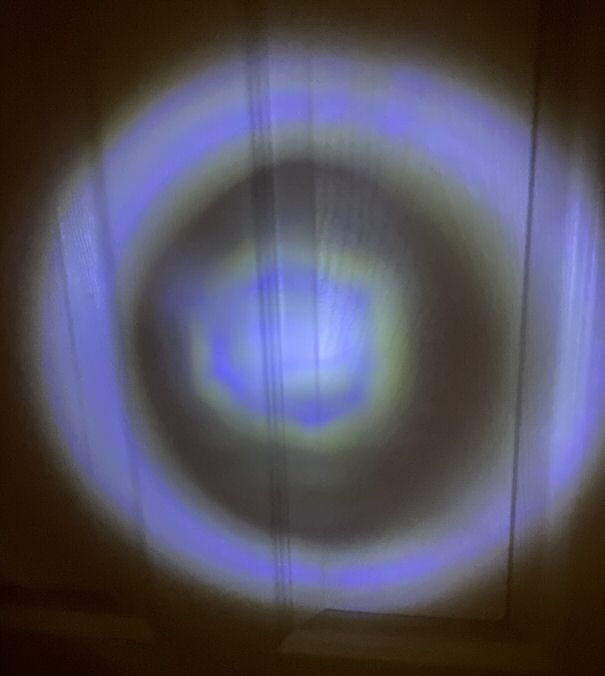
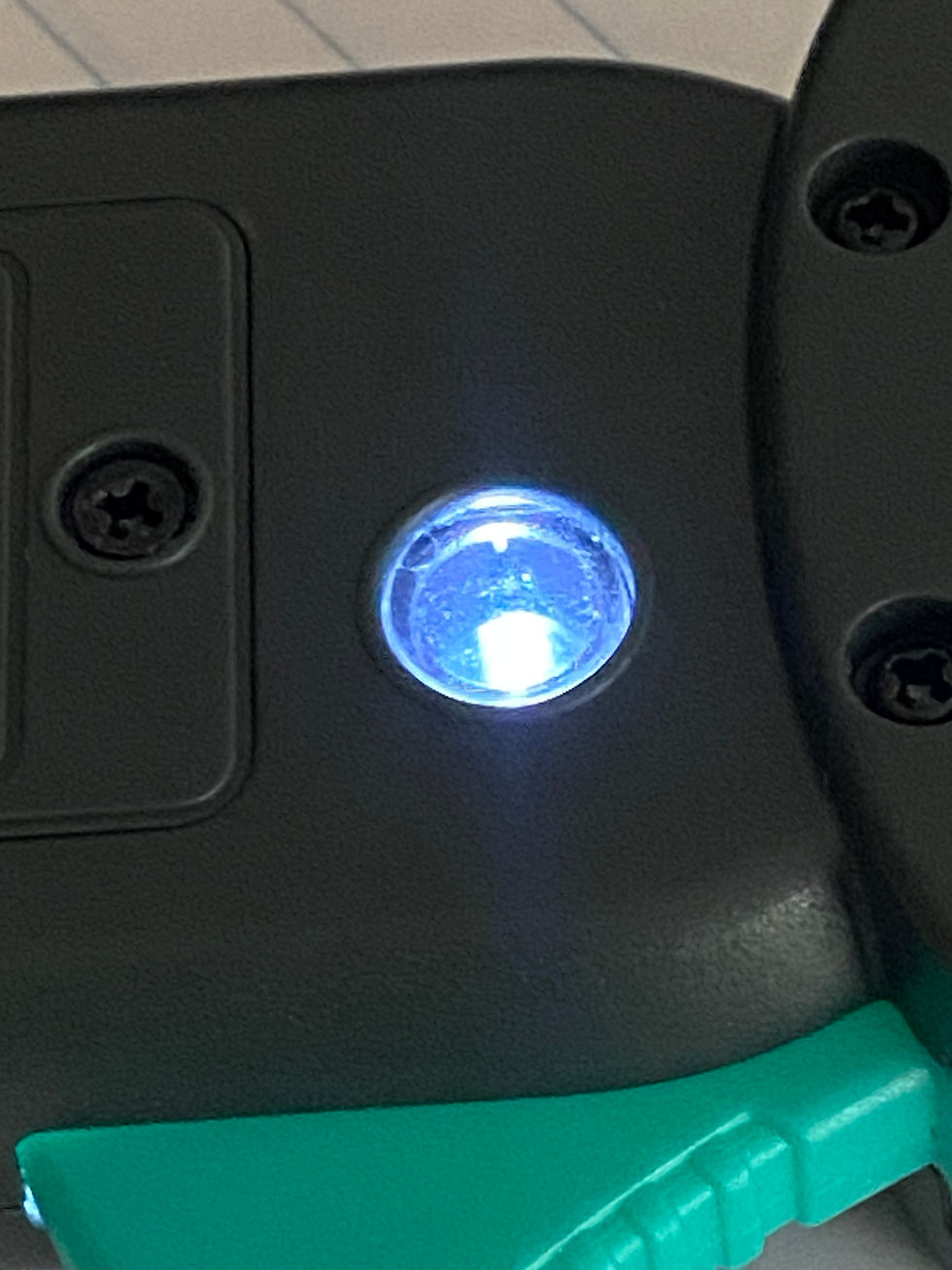

Quirks
After powering off, it forgets your display rotation preference, display brightness setting, and beep disable. The automatic power off feature itself has no over-ride. Sometimes devices are made to reset this way so that the system can fully recover if there is a lockup for any reason.
While most meters display "Auto", this meter just shows the same set of dashes "----" which is exactly the same as it shows on maximum NCV. I think most people would think something is wrong if they turn something on and just see a bunch of lines. It's not like it saves power or anything, perhaps it's to be language-neutral. But then again, they use the word "Live", so that can't be it.
Where this "----" for "auto" mode really presents a problem is screen rotation. After powering on, the user has no idea which screen orientation is active until the first "smart" measurement. It's always been wrong for me. I grumble every time this happens.
The unit doesn't promote that it is True RMS, however it is stated in the manual. Sine waves have a 40-1000 Hz response, but non-sine waveforms have a 40-200 Hz bandwidth. This small range isn't anything special - and duty cycle isn't included.
The separate temperature modes for C and F temperature are only to one decimal place. There is no indication you are using the internal or external sensor. For me, I'd like confirmation it's reading the external sensor when it's attached.
Newer units these days allow firmware updates to fix design issues and improve user experience. I don't think this unit can accept updates. If the shortcomings I listed worry you, watch and wait for an updated model is about all you can do. I think all things are liveable, but I would certainly jump at any update that addresses these things.
DC Current- I give it an "A" score. Please see the end of the review for some test pictures. My unit provided competitive accuracy through my testing from 1 mA through 1 A with minimal re-zeroing the DC offset needed. At the lowest current, there was no difference. At 1A, the Uni-T was 3% low and the WinAPEX was 3% high. Although I didn't test AC current, I suspect it would be very good at that too. I was looking for low current accuracy, and the WinAPEX did the job very well for me.
As for other measures, here is what I found:
DCV was spot-on to the digit, only ever off by one count which can be ignored. Absolutely met its 0.5% specification. Input impedance is 10 megohm, I measured 11.1 megohm. I give it a "A" score for voltage.
Resistance, specified as 0.8% accuracy, was only achieved starting around 50 ohms. It used most of it's specification a allowance until 1K, from there on up accuracy was terrific. For comparison, the Uni-T 210E I have was rock-solid down to 0.1 ohms through the entire range, so the number of counts isn't the issue here. The WinAPEX just isn't suited for lower resistances. The "zero" relative feature didn't help at all, and neither did using better test probes. I give it a "C+" score.

For capacitance, it met it's 3.5% specification starting at 1nF only. It just wasn't sensitive at all below 200 pF, zeroing was tried, but didn't help it at all, because there wasn't any stray capacitance. For comparison, the Uni-T had no problems measuring down to 30 pF and was much more accurate through the range. I give the WinAPEX a "C" score for capacitance. (Ironic?)
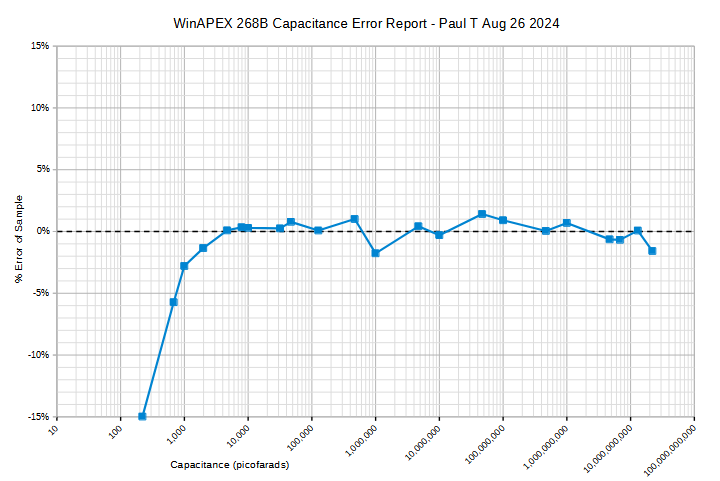
Diodes - The 3.93V ~1.3 mA diode test output I measured is very good. It showed 0.181V for Schottky and 0.611V for silicon but didn't activate the beeper on either. All colored LEDs were lit up, with voltage drop reported on the screen, even a UV LED. However, zeners are not supported, which I confirmed by trying. I give the unit a "B" score. Why? NO BLEEP!
Continuity - Slow, poor response with stock test leads - but latches. Has a red LED on the front to indicate closed circuit. Overall "C" score.
NCV - Works very well at distinguishing between live and neutral wires in a cord. Also works well in front of a socket. Bleeps and flashes as expected. However, the sensor isn't aligned to the very tip, so the aim isn't perfect. "A-" score.
Temperature was found to be accurate to the single degree, but the lack of sensor indication and a digit accuracy leads to a "B" score.
Frequency also gets a "B" score. It has simplicity and bold display, but duty cycle is expected at this price point.
Who is this device appropriate for? Probably the no-nonsense electronics or automotive enthusiast who wants a bold, easy to use and easy to read device. Perhaps they might take it outdoors to work on their vehicle and need the louder continuity beeper. I think it's perfect for that, and is easy to locate amongst your other tools and devices.
I really like it's personality and versatility, and the on-board rechargeable battery. It's the first meter I would choose when measuring non-interrupting DC current. Sometimes you just want simplicity and ease of reading. Bottom line, it is no where near as accurate over the entire spectrum as a Uni-T 210E is, but it sure does seem a lot more modern and gets the job done. Jaws open wider and with less force. Also, a little more slender to carry.
Stated simply, If I need easy DC amperes measured, the WinAPEX does it dependably. For multimeter accuracy, I will likely reach for the Uni-T DC clamp meter instead.
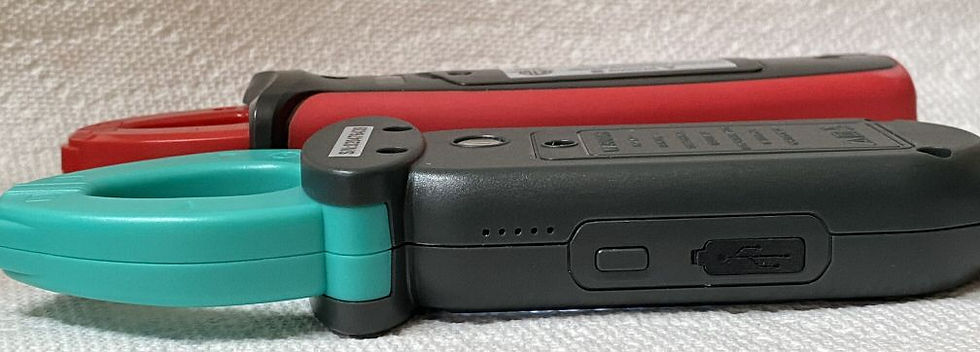
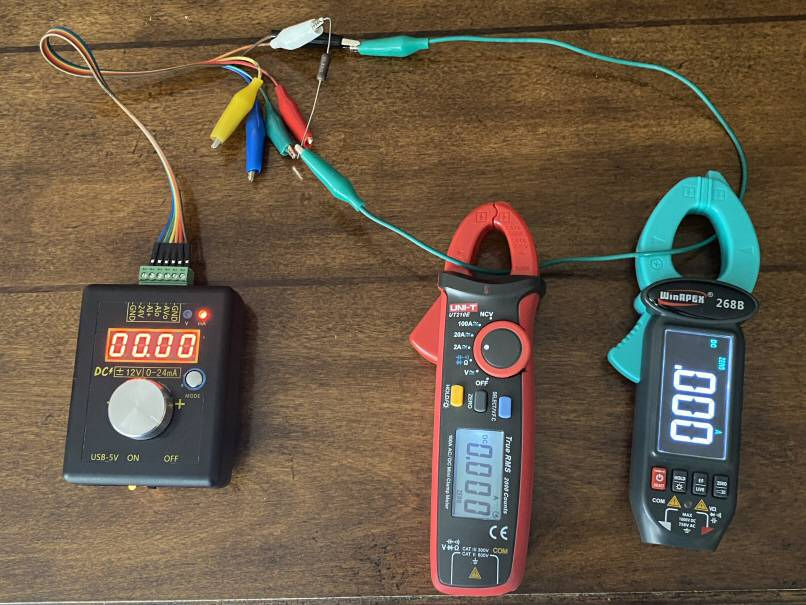
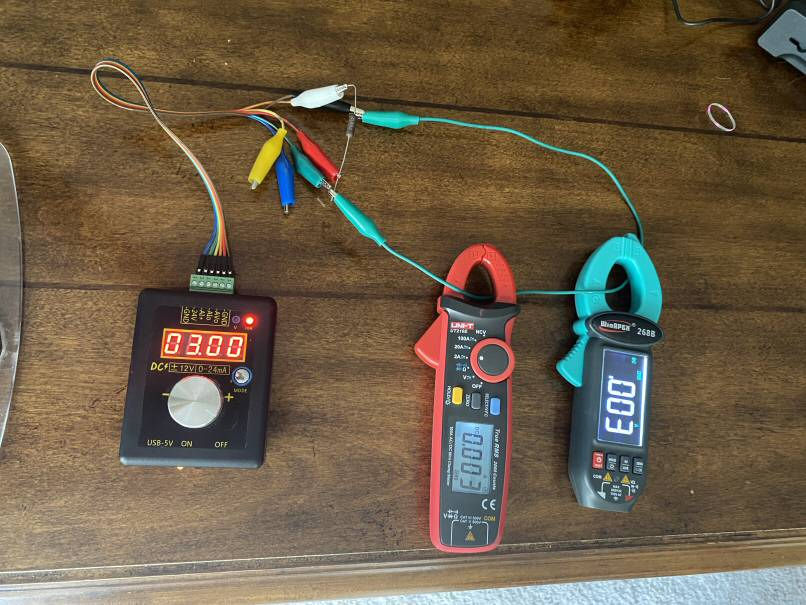
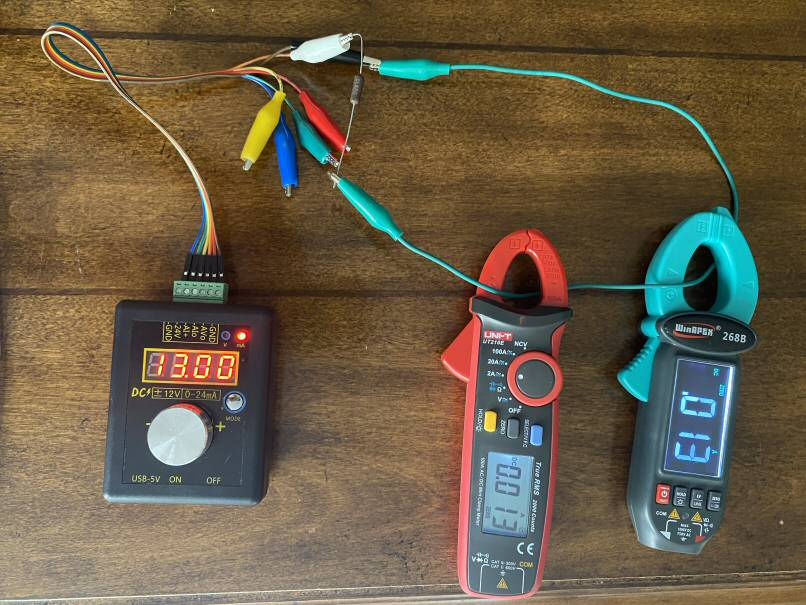
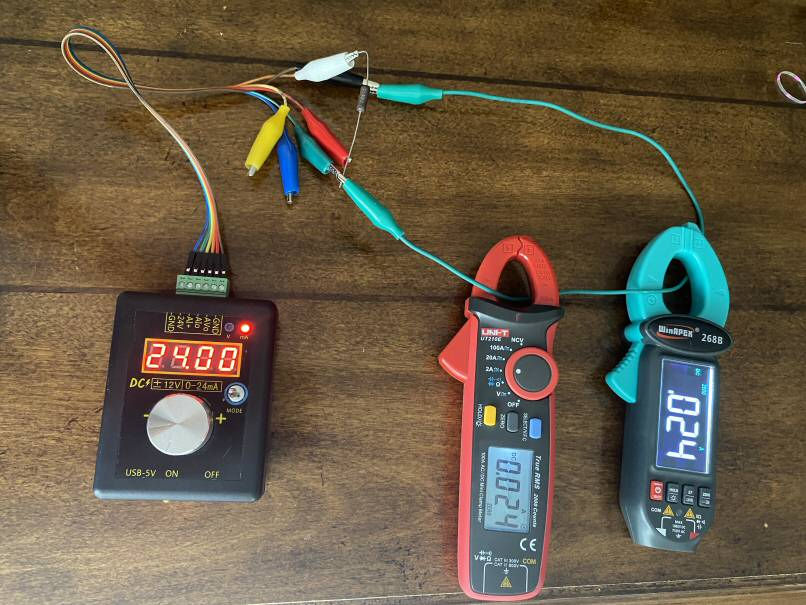
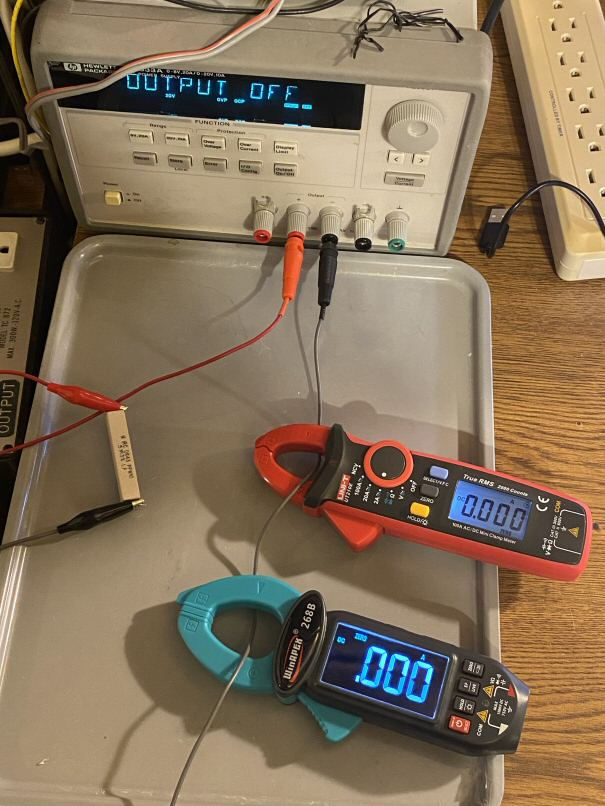
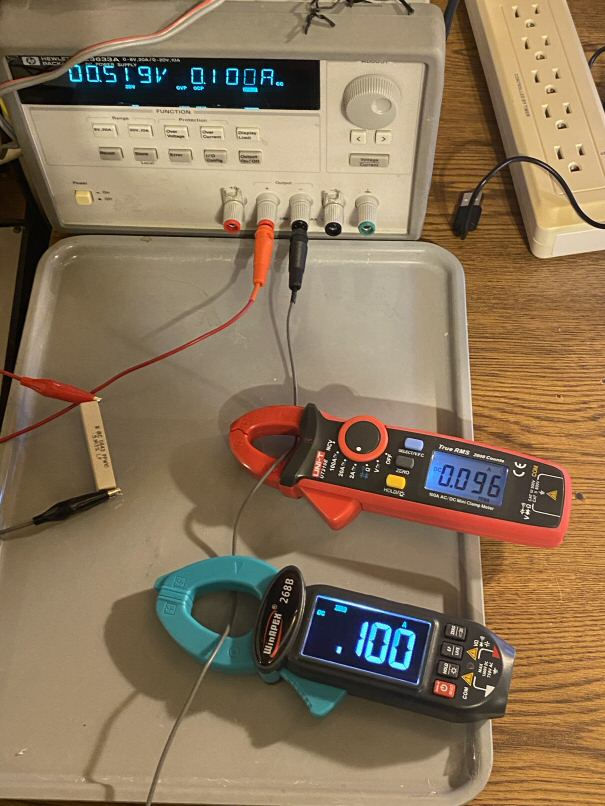
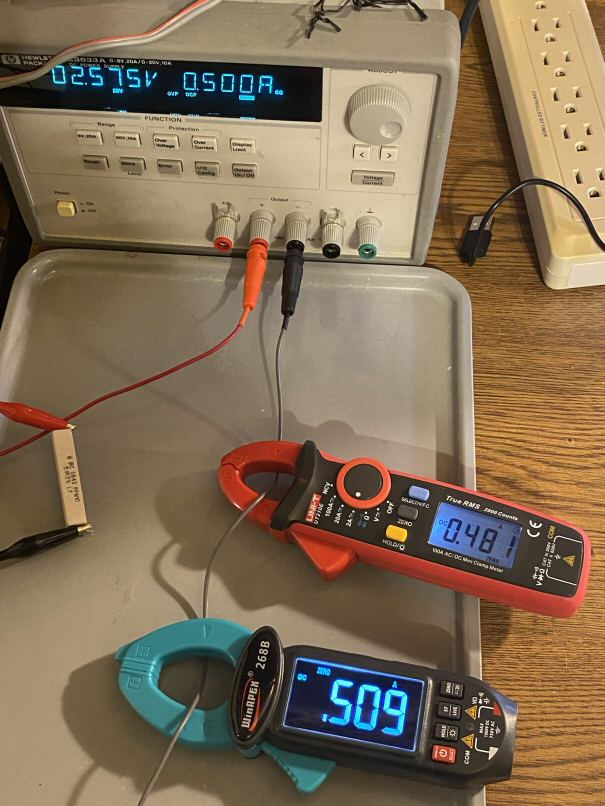
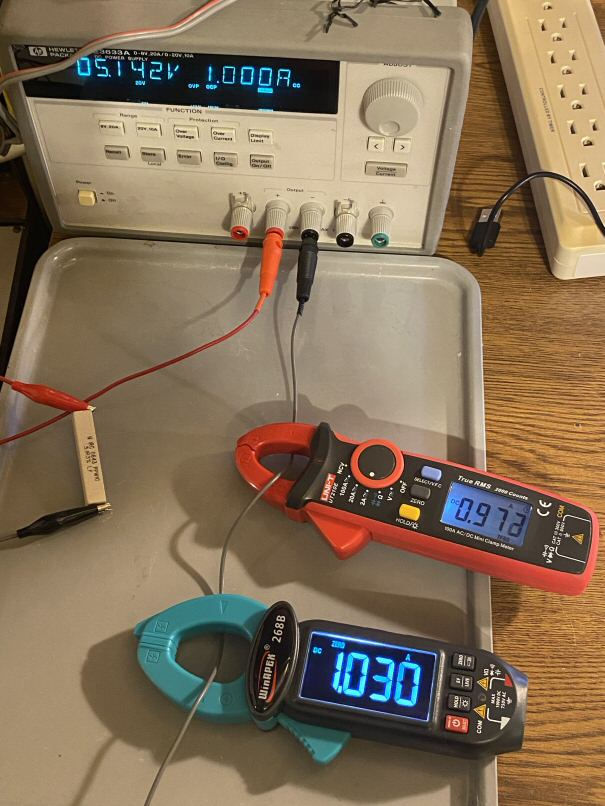




Comments